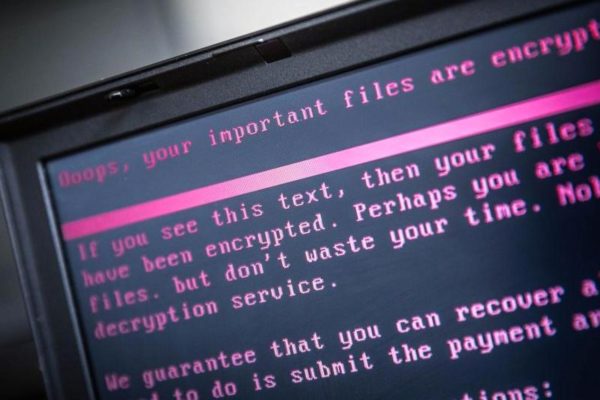The Office of the Australian Information Commissioner (OAIC) has issued a second quarterly report of data breaches for this year. From April to June, the office received 242 reports of data breaches and only two of them were linked to ransomware assaults. It is indeed a significant improvement if we compare the past record of cryptovirological assaults and ransomware removal activities in the continent.
Barring reduced ransomware activity, the statistics on the rest of cybercriminal assaults are not encouraging. For instance, the healthcare sector has been badly affected by data breaches in the last three months. The report also indicates data breaches in the healthcare domain are a mix of human error and proactive cybercriminal assaults. It is interesting to note that amid rising cybercriminal activity, ransomware attacks have dropped to non-existent levels. Experts suggest multiple reasons for this reduced cryptovirological activity in Australia.
Effective ransomware removal measures have made it somewhat easier to neutralize an encryption assault. So, affected users haven’t reported the attacks to the OAIC and succeeded in taking care of ransomware removal measures on their own.
Organizations used to have poor backup routines, which turned cryptovirological infiltrations into a more deadly cybercriminal assault. This has also changed with the time. Now, backups and maintenance have become a routine activity in almost every professional digital environment. So, aside from effective ransomware removal, this has also helped in defusing the threat of ransomware attacks.
Nevertheless, it won’t be appropriate to jump to the conclusion with the statistics for only three months. There were several instances in the past where ransomware activity went dormant for months and was followed by a new move from the cryptovirological attackers. We have discussed many times in this section that cryptovirological developers are also constantly working on the evolution of ransomware.



